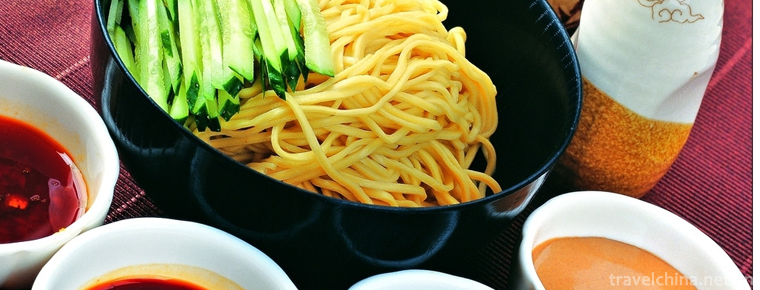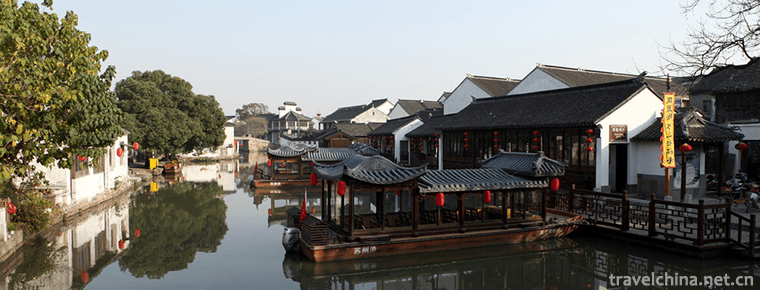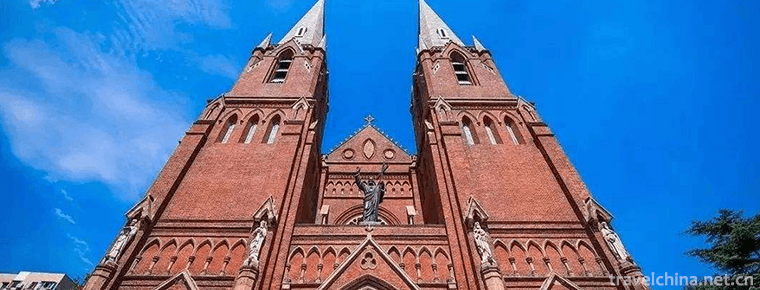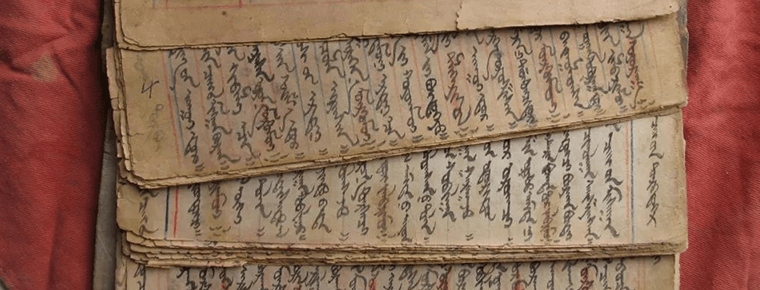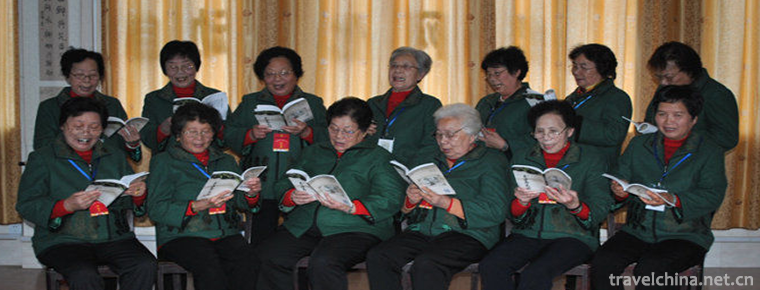Sintering Techniques of Xingyao Ceramics
Sintering Techniques of Xingyao Ceramics
Xingyao firing technology is a local traditional handicraft in Hebei Province. Xing kiln is a famous northern kiln in China. As early as the Northern Dynasty, Xing kiln began firing celadon and a small amount of white porcelain. Xing kiln occupies a very important position in the history of Chinese ceramics. In Tang Dynasty, it was famous for firing white porcelain, especially fine white porcelain, which represented the highest level of white porcelain in Sui and Tang dynasties. However, in the early 1980s, the two major problems concerning the firing time of the Xingyao site and the white porcelain of the Xingyao still plagued the research work of ancient Chinese ceramics and became an "indissoluble mystery" in the history of ancient Chinese ceramics.
Chinese ancient ceramics scholars and archaeologists, after decades of hard work and continuous exploration and research, finally let Xingyao's "mystery" come to light, so that Xingyao, the Pearl of Chinese ancient ceramics, once again shines brilliantly.
Introduction to Skills
In the early 1980s, in order to solve the "two big problems" in the identification and appreciation of Xingyao porcelain, Chinese ancient ceramists and archaeologists, according to the clues provided by ancient poems and historical documents, visited Neiqiu and Lincheng of Hebei many times; Qicun site was discovered in Lincheng of Hebei Province in 1980, and Xingyaosheng was initially revealed. The truth of production. Professor Ye Zhemin, an ancient ceramics scholar in China, published "On Xing Kiln"* Professor Li Huizhi published "Investigation and Preliminary Exploration of Xing Kiln Sites in Tang Dynasty"* and "Investigation Report of Xing Kiln Sites in Tang Dynasty" by the Xing Kiln Research Group in Lincheng, Hebei Province* and other papers, which made a preliminary discussion and comment on the discovery of Xing Kiln Sites in Qicun. Price. This caused a sensation in the ceramic industry at home and abroad, and played a positive role in promoting the further study of Xingyao.
According to the investigation report in the early 1980s, the ancient ceramics scholars of our country made the following preliminary conclusions according to the discovery of Xingyao site: 1. The firing time of Xingyao white porcelain should rise to Sui Dynasty (initially the firing time was set as Tang Dynasty). 2. Some of the fine white ceramics which were mistaken for the products of Xingyao were corrected to the products of Xingyao nowadays. 。 3. Porcelain-fired kilns are more advanced and diversified, including funnel-shaped boxes, barrel boxes and box boxes (all of which are special boxes for firing high-grade white porcelain). 4. The ownership of the kiln site: According to historical documents, the kiln site should belong to Neiqiu rather than Lincheng in Zhaozhou (Neiqiu kiln site was not found at that time). The geographic division at the junction of Neiqiu and Lincheng coincides with time, and Qicun kiln site is in this area. In view of this geographical situation, it is preliminarily determined that this place should be the location of Xingyao in the Tang Dynasty.
According to the so-called "Neiqiu White Porcelain Ou, Duanxi Purple Stone Inkstone, No Valuable or Low Common in the World" recorded in Li Zhao's "State History Supplement" of Tang Dynasty, Chinese ancient ceramics scholars believe that "Neiqiu should also have Xing Kiln Site. According to the scale of production at that time, there were fine white ceramics made for the government and daily-use ceramics made for the public. Only when the output is large and the quantity is large, can the large-scale comprehensive kiln be achieved. According to the above speculation, in the spring of 1984, dozens of Sui and Tang kiln sites were found in Xiguancun and Zhongfeng Dongcun of Neiqiu County, Hebei Province, and a large number of Sui and Tang celadon and white ceramics, Tang fine white ceramics and Tang tricolor ceramics were unearthed. Among them, fine white porcelain with the inscription of "Ying" was also found, which is the same as the bottom bowl of "Ying" white glazed jade wall unearthed from the site of Daming Palace of Tang Dynasty in Xi'an from the aspects of shape, tire, glaze and style of the inscription of "Ying". There are even some transparent fine white porcelain remnants whose wall thickness is less than 1 mm, which created our country. The brilliant miracle of white porcelain in Sui Dynasty. The discovery of the Xingyao site in Neiqiu confirms the so-called "Neiqiu Bai Porcelain Ou" recorded in the Supplement to National History, and solves a difficult problem that has remained unsolved for many years in the history of Chinese ceramics.
Personal Views
Regardless of the historical documents, as well as the investigation reports of the unearthed ceramics and excavation work, my personal view on the confirmation of Xingyao site is that Neiqiu should be the birthplace of Xingyao, while Lincheng is the branch of Xingyao. The reasons are as follows: First, Neiqiu kiln site originated in the late Northern Dynasty. Lincheng kiln site appeared in the middle Tang Dynasty, more than 100 years later than Neiqiu kiln site. According to the comparison of the pottery unearthed in the two places, the Sui Dynasty pottery unearthed in Neiqiu Chengguan and Xiqiu, while Lincheng unearthed more pottery in the middle of Tang Dynasty. Secondly, the geological structure of Neiqiu area is complex and the raw materials of good quality are limited in quantity, but the mining quantity is not guaranteed. Because of the large consumption of raw materials for local porcelain production, especially before the mid-Tang Dynasty, Xing kiln was famous in China for its heavy carcass. At that time, Xing kiln was in great demand for production and the cost of raw materials mining and transportation increased, which gradually reduced the output and quality of Xing kiln in the late Tang Dynasty. According to the reserve and exploitability of raw materials, as well as the comprehensive conditions of water source and fuel, kiln workers constantly create kilns near Neiqiu to develop and maintain the production of Xing kiln's ceramics industry and meet the domestic and foreign needs. Lincheng kiln site came into being in the period of establishing new kiln yard, but it failed to become a large-scale comprehensive porcelain production base. At this time, Ding kiln was influenced by comprehensive factors such as weather, time and geography. In the traditional skills of Xing kiln, it gradually pushed through the old to bring forth the new and created new products to meet the development needs of the times, thus replacing Xing kiln. The dominant position of white porcelain eventually became one of the "five official kilns" in the Song Dynasty. In the late Tang Dynasty, Ding Kiln has been able to produce fine white porcelain, especially fine white porcelain with the characters of "official" and "new official" and fine white porcelain with carving technology. This fully proves that Ding kiln is no different from Xing kiln in the late Tang Dynasty, and it has a tendency to catch up with Xing kiln later.

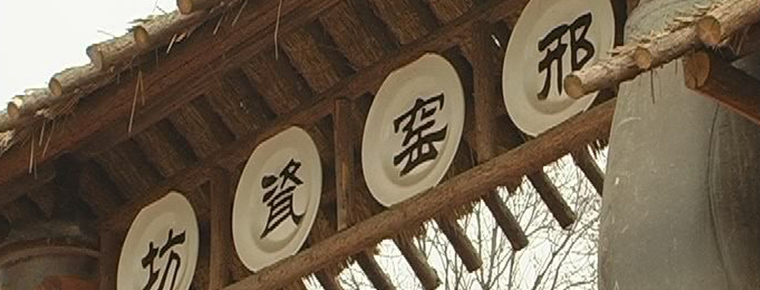
-
Cold Noodles with Sesame Sauce
Cold Noodles with Sesame Sauce are also called cold noodles.
Views: 134 Time 2018-10-12 -
Meili Snow Mountain
Meili Snow Mountain, located in the eastern part of Chayu County, Tibet, and the western part of Jingyunling Township, Deqin County, Diqing Tibetan Autonomous Prefecture, Yunnan Province.
Views: 187 Time 2018-11-13 -
Tong li ancient town
Tongli Ancient Town belongs to Wujiang District, Suzhou City, Jiangsu Province. It was built in Song Dynasty. There are many gardens, temples, residences.
Views: 249 Time 2018-12-06 -
Beiting Old City Site
The site of Beiting Old Town is the ruins of Beiting Mufu in Tang Dynasty. It is located 12 kilometers north of Jimusar County Town in Xinjiang Uygur Autonomous Region. In ancient times.
Views: 131 Time 2018-12-26 -
Golden Sands Beach
Golden Beach is located in the southern end of Shandong Peninsula, the Yellow Sea coast of Qingdao Huangdao District, Golden Beach Road. It is bordered by the Yellow Sea in the South and stretches.
Views: 134 Time 2019-01-26 -
Xujiahuiyuan Scenic Area
Xujiahuiyuan Scenic Spot is located in Xujiahui, Shanghai Metropolitan Tourism Center Circle. It starts from Wanping South Road, Tianping Road and Huashan Road in the east.
Views: 124 Time 2019-02-26 -
Chagan Sulide Festival
Sulide, in Mongolian, has the meaning of auspiciousness, loftiness, harmony, unity and harmony. The sacrifice of Chagan Sulide is the natural worship of the universe of heaven and earth gradually form.
Views: 100 Time 2019-04-15 -
Traditional drama
Chinese drama mainly includes opera and drama, and opera is the traditional Chinese drama. After a long period of development and evolution, Baihua Garden of Chinese opera has gradually .
Views: 147 Time 2019-04-21 -
Ewenki costumes
The Ewenki people belong to the Tungusic race, and their clothing materials are mainly animal skins, as do the Tungusic people such as Manchuria and Xibo..
Views: 265 Time 2019-04-28 -
Song Album
"Dongshan Song Book" was introduced from Chaozhou, Guangdong Province, in the Ming Dynasty. Its tunes were constantly changing in the singing of folk singers and gradually assimilated.
Views: 164 Time 2019-04-30 -
Xi Opera
Xiju opera, one of the national intangible cultural heritages, is popular along Shanghai and Nanjing, as well as in Hangzhou, Jiahu, Huzhou and urban and rural areas of southern Anhui..
Views: 140 Time 2019-07-01 -
Siguniang Mountain Scenic Area
Siguniangshan scenic area, located in Siguniangshan Town, Xiaojin County, Aba Tibetan and Qiang Autonomous Prefecture, Sichuan Province, belongs to Qionglai mountain range of Qinghai Tibet Plateau, 220 km away from Chengdu..
Views: 149 Time 2020-11-06
